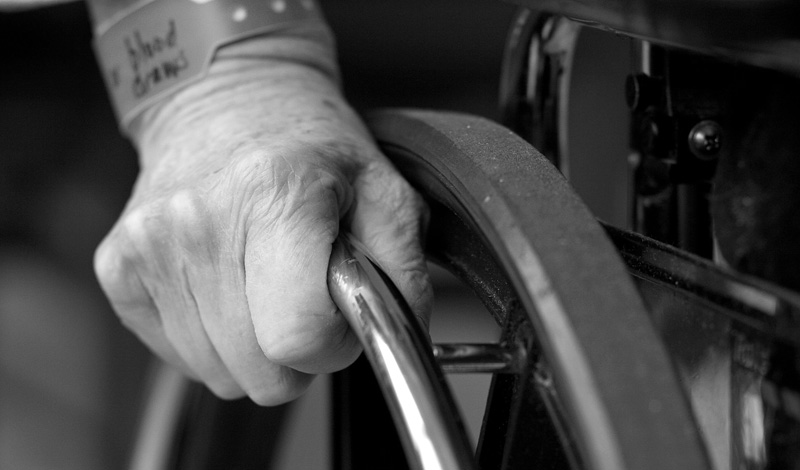
In a speech at Brock University in May 2010, Rabia Kedhr, a U of T graduate and accessibility advocate, called accessibility in universities a “moral obligation”.
“We have to accept that people with disabilities and people without disabilities are, in fact, the same,” she said. “We have to start from that common ground of belonging.”
The Convention on the Rights of Persons with Disabilities, an international human rights movement from the United Nations intended to protect the basic rights and dignities of those with disabilities, defines accessibility as the degree to which something is available to as many people as possible. It’s often used to describe the right of access to all services that people with disabilities and special needs have.
Disabilities may be physical, cognitive, mental, emotional, developmental, sensory, or any combination of these. A person may be deemed disabled if they do not meet a social norm or standard. As such, people with disabilities have “special accessibility needs”, though their disability may be invisible or not obvious. Someone may have a mental health disability, such as depression or an anxiety disorder, or a chronic disorder, such as diabetes or epilepsy.
In the 1960s, the disabilities rights movement began, largely propelled by the civil rights and women’s rights movements, and brought together people of different disabilities to work toward a common end. It advocated for full and equal access for people with disabilities whom society had previously stigmatized. Just as advocates called then for the removal of barriers to equal access, such as the lack of seeing and hearing alternative communication, deinstitutionalization (the inclusion of people with disabilities regardless of their diagnosis), and wheelchair-accessible buildings, there are still advocates today, such as Kedhr, who are fighting for universities to become more accessible to students with disability issues.
The Council of Ontario Universities lists accessibility as a key issue on its website, where they note: “Ontario universities are strongly committed to accessibility and are focussed on continuing to advance this goal. Over the last few decades, our campuses have put in place important measures to identify, prevent, and remove barriers for persons with disabilities. Universities are strongly committed to achieving the objectives of the Accessibility for Ontarians with Disabilities Act (AODA).”
So what exactly are universities doing to accommodate for students with disabilities? At UTM, students with accessibility needs who have medical documentation of their disability have access to the AccessAbility Resource Centre, a student service which is separate from the St. George and Scarborough campuses’ disability offices.
Funded through a grant from the Ministry of Training, Colleges and Universities, the AccessAbility Resource Centre “provides services and academic accommodations to students who have a documented learning, physical, sensory, mental health disability, or medical condition”. Their mission statement is “to ensure that all students with disabilities can freely and actively participate in all facets of university life; to provide and coordinate services and programs that enable students with disabilities to maximize their educational potential and to increase awareness of inclusive values among all members of the university community”.
The organization has an online system called the “AccessAbility Information Management System”.
Students with disabilities who register with the Resource Centre can confirm quizzes, tests, or exams taken with the Centre in order to accommodate their particular needs, which may include writing it in a room separate from the rest of the class and/or being given extra time. The system also allows students to request, download, and manage peers’ notes for a particular course.
Students with learning disabilities who are entering their first year at UTM and who have registered with the Centre may attend the Summer Transition Program in August to help them successfully transition to university life. This is done through a series of workshops designed to help students develop skills such as note-taking, self-advocacy, test-taking, and using assistive technology.
While it is apparent that university students are being accommodated, it does not mean they are being generally included, says Kedhr, who is legally blind. This aspect is what she believes universities have a moral obligation to change.
With the staggering number of students who are accessing universities’ disability and equity centres, it seems that universities have no choice but to make the effort to change. However, shouldn’t it be obligatory for a university to change its policies and accommodation for disabilities if there is a single student who requires it?
It seems obvious that universities must change in order to make students with disabilities included, but how? While there has been much advocacy on the issue of using certain language (such as “disability”) which otherwise allows stigmatization of people with disabilities from society, there hasn’t been much progress on how to make them feel included. There is always the issue of feeling like they don’t belong to the socially normal majority, which may lead to further issues, such as depression, anxiety, and other mood disorders.



